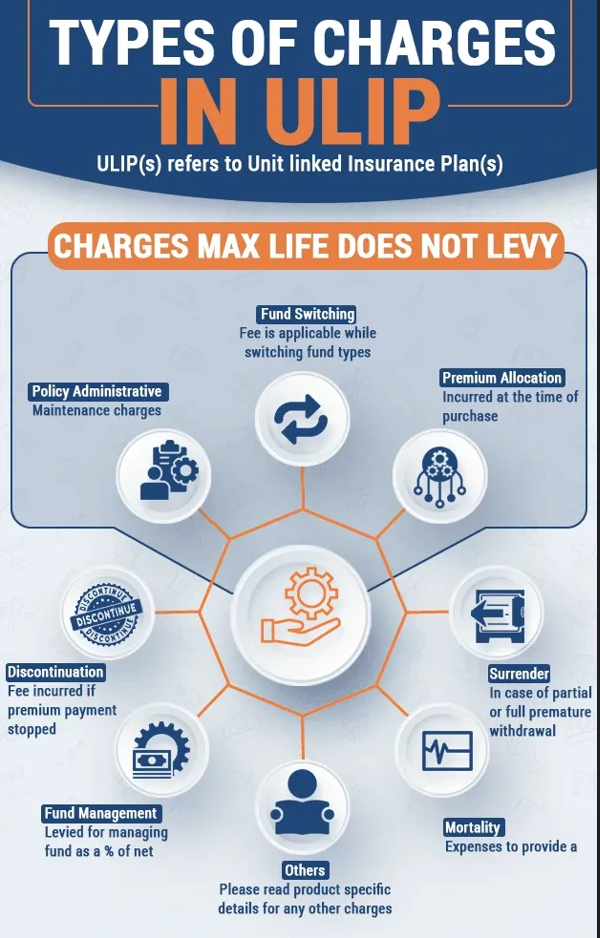Builders Brainstorm On Navi Mumbai’s
Real Estate Market
Opportunities And Challenges..!
At an industry event organized by the Builders Association of Navi Mumbai (BANM) and CREDAI with knowledge partners JLL India,
Navi Mumbai’s real estate fraternity came together on May 16 to discuss
the current status of their industry and how they can resolve issues
with different stakeholders as also address their challenges with the
strategic insights and consultation of Builders Association of Navi
Mumbai’s (BANM) knowledge partner JLL India.
A high-level panel discussion moderated by Joy Sanyal, National Director, JLL India
was hosted at the event, and featured leading industry names such as
Devang Trivedi, president – BANM, Mahesh Mudda – general secretary of
Builders Association of India and CEO, NCCCL, Subrata Bandyopadhyay, CEO
– L&T Seawoods Pvt. Ltd, Ashwinder Raj Singh, CEO, residential services, JLL India, Ramesh Nair, COO – Operations & International Director, JLL India,
V Suresh, Director – Hiranandani Projects, Sanjay Kumath, Senior VP,
Corporate Strategy, Housing.com, Tapas Das, Head – Property and
Administrative Services – L’Oreal India.
Devang Trivedi, president of BANM, started off by highlighting how
developers had promised capital gains to investors and cannot bring down
prices even in the current market scenario. He further noted that most
developers in the city lacked an analytical approach to their work and
that high-risk decisions were being taken on gut feelings alone.
He lamented the herd mentality that exists in the developer community
of Navi Mumbai, and exhorted the fraternity to prepare for new
challenges and changed realities based on the insights and analyses
being provided by international property consultant like JLL.
During his in-depth presentation, Ashutosh Limaye, National Head of Research and Real Estate Intelligence Services (REIS) at JLL India
emphasized that Navi Mumbai could attract foreign investors by
positioning itself as an infrastructure-surplus city with the added
advantages of being an educational hub, and its close proximity to
Mumbai.
Mr. Limaye pointed out that Whitefield in Bangalore and Hinjewadi in
Pune have been successful in creating IT hubs by attracting a large
number of businesses and employment-driven inward migration, and that
Navi Mumbai – with its superb infrastructure – can succeed in doing so
as well. He cautioned, however, that property ticket sizes and product
offerings in Navi Mumbai are not properly aligned to consumer needs, and
that this is one of the reasons why the city is unable to tap its full
potential.
Despite the immense promise that the Navi Mumbai real estate market
holds, there have been miscalculations and missed opportunities. For
instance, many developers have focused on the residential category, but
only those who relied on sound market research have been rewarded with
success.
In terms of commercial office spaces,
there is no lack in demand in Navi Mumbai – only a lack in supply of
Grade-A product offerings. The region has seen a 52% appreciation in
office rentals since the previous low seen in 2Q of 2009. In the past,
there has been a healthy take-up for Grade-A office spaces.
Ramesh Nair, COO – Operations & International Director, JLL India
said, “As of now, no corporate is ready to get into commercial property
in Navi Mumbai. For this to change, the city should be branded well and
pressure should be put on the government to create jobs and office
parks. A professional approach, branding with an investor-focus and
strategic alliances along with corporate governance should be top
priority.”.
Office leasing
to the IT sector in Navi Mumbai is around 40% of the total demand for
leasing. Foreign companies look for green, contemporary and
energy-efficient buildings, and the region’s commercial developers could
focus on catering to such demand. In the commercial space, Thane and
eastern suburbs have been the push factors for Navi Mumbai, but what the
satellite city misses is its own pull factor. The demand for
residential property also depends on Mumbai. The need to create a
positive brand and not depend on push factors alone was emphasized.
Ashwinder Raj Singh, CEO, residential services, JLL India
said, “Navi Mumbai’s developer have a great opportunity to unleash
this region’s larger potential. One of the key areas that Navi Mumbai
should focus on is to bring out its competitive advantage across all the
major cities in India and abroad. There needs to be a concerted push to
bring more leading Indian and global corporates to this beautiful and
well-planned geography. Navi Mumbai’s developers should get together and
build a professional body with a CEO, and lay down a marketing plan to
build its image even further. Gurgaon has done this extremely well in
the last three decades.”
Navi Mumbai’s Real Estate Market Opportunities & Challenges
Tuesday, May 19, 2015
4

































Great post.. I'm glad i came across your blog..
ReplyDeleteFantastic post and a great article, am quite impressed with all the details. Few days back I came across this amazing flats for sale in hosur road , went there with my relatives who were looking to settle in.
ReplyDeleteNice Blog thanks for sharing with us ...Real Estate is the way by which you can encrease your money for life.I a'm also investing in it.
ReplyDeleteI really enjoy to read all the content is posted on your blog. It's easy to read, the content is great..
ReplyDelete